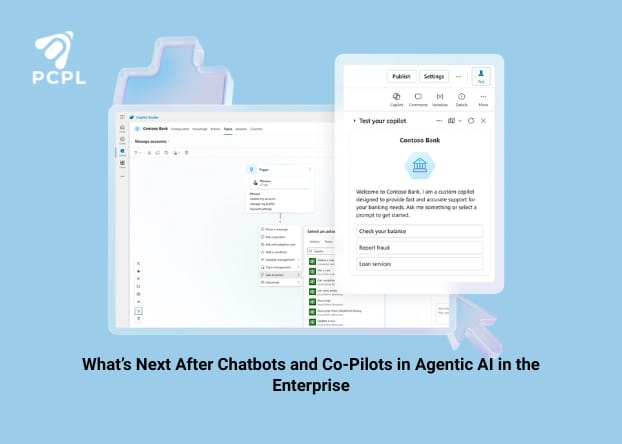
What’s Next After Chatbots and Co-Pilots in Agentic AI in the Enterprise
The last 24 months have felt like an era- chatbots and copilots moved from novelty demos into everyday business tools. They summarize meetings, draft emails, and give analysts a way to query datasets in plain language.
But those conversational interfaces, powerful as they are, are only the opening act. The next wave is agentic AI- autonomous, goal-driven agents that plan, act, coordinate, and persist across time to complete multi-step business workflows with limited human supervision.
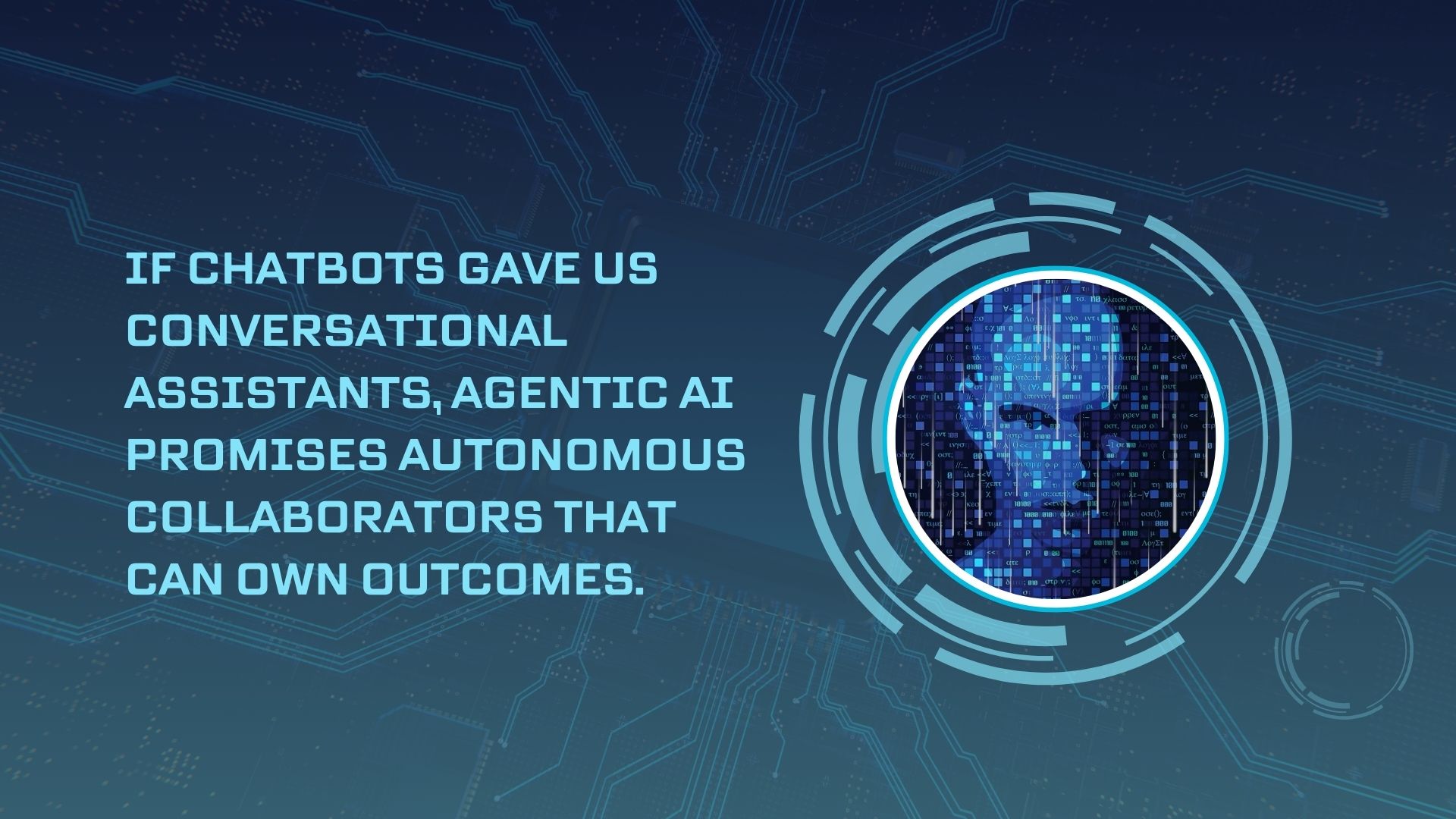
From Reactive Assistants to Proactive Agents
Chatbots and copilots are largely reactive, they wait for a prompt, then respond.
Agentic AI is proactive- it can set goals, break them into tasks, call APIs, fetch and synthesize data, make decisions under constraints, and iterate until success (or until a human steps in).
Think of a finance agent that closes the month-end books- it identifies missing invoices, queries ERP and bank APIs, negotiates payment dates with suppliers via templated communication, and escalates unresolved items to a manager, tracking progress and deadlines all the while. That shift, from single-turn conversation to multi-step execution with memory and orchestration, is the core of agentic value.
Why Enterprises Should Care
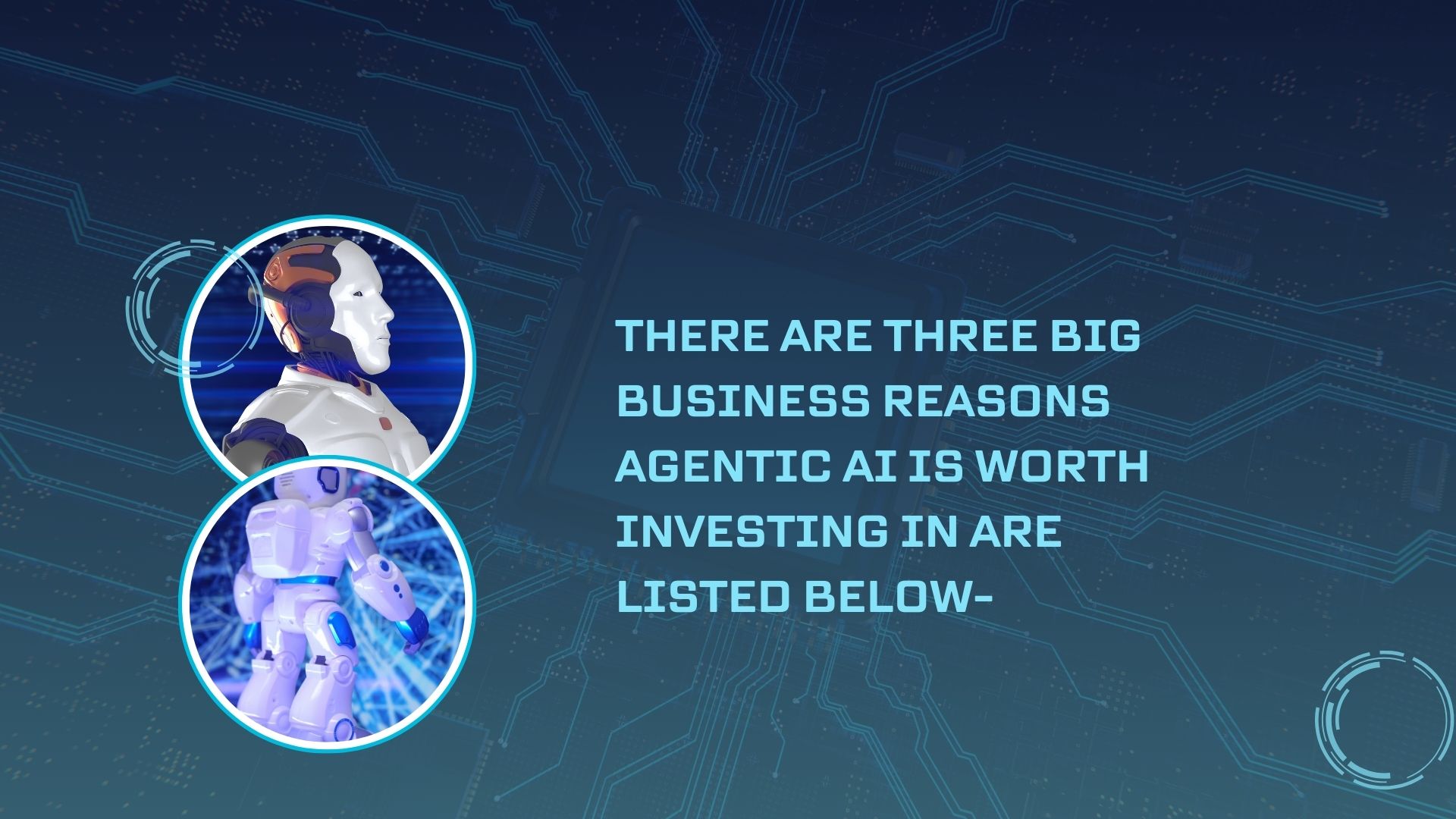
1. Workflow Automation at Scale
Agentic systems can stitch together tasks across systems (CRM, ERP, ticketing, cloud infra) without bespoke point-to-point automation for every use case. That reduces the pilot-to-production gap that has held back many GenAI projects.
2. Persistent Context and Continuity
Unlike ephemeral chatbot sessions, agents carry memory, maintain state across days, and reprioritize as conditions change, important for long-running processes such as audits, compliance checks, or supply-chain exception handling.
3. Proactive Insight and Execution
Agents monitor dashboards, surface anomalies, and can execute pre-approved remediation steps (e.g., restart a service, trigger a provisioning workflow, or flag a risky transaction), turning insight into action faster. McKinsey and major cloud vendors are already positioning agents as the upgrade path for productivity tools.
Real Risks that Enterprises Must Confront Now
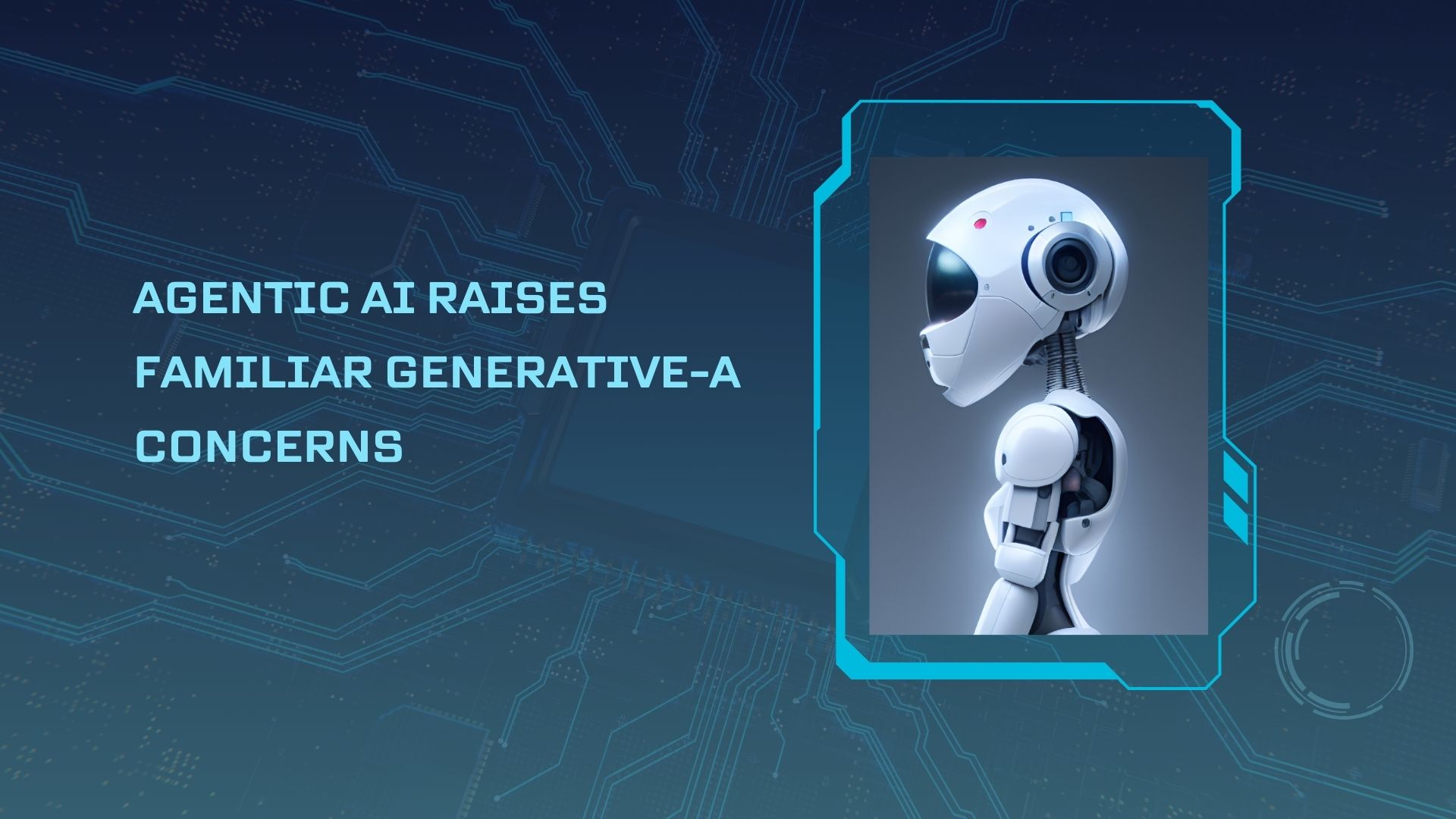
- Data Exposure and Overreach
Copilot studies already show substantial exposure of sensitive records through AI interactions. An agent that autonomously queries and writes to systems increases the risk surface unless access controls and data governance are redesigned. Enterprises must treat agents like privileged service accounts: least privilege, fine-grained audit trails, and human-in-the-loop checkpoints for risky actions.
- Unintended Actions & Cascading Failures
Agents that take autonomous steps can trigger downstream side effects, e.g., an agent cancelling subscriptions or modifying contracts based on a misinterpreted rule. Fail-safe design, sandboxed testing, and staged rollouts are non-negotiable.
- Regulatory and Compliance Complexity
When agents act on behalf of the company, legal responsibility and auditability matter. Maintaining immutable logs, decision provenance, and human approvals for legally significant actions will be essential.
- Model Governance and Supply Chain Risk
Enterprises are already choosing between multiple model providers and hosting options (and major cloud vendors are integrating multi-vendor catalogs). Selecting, testing, and certifying models for specific agent tasks is now part of vendor risk management.
Practical Architecture Patterns for Adopting Agentic AI
Moving from pilots to production requires new design patterns, some familiar from distributed systems, others unique to agentic behavior.
- Agent Orchestration Layer- A control plane that composes multiple specialized agents (e.g., a data-gathering agent, a decision agent, an execution agent), handles retries, and enforces policies. This keeps individual agents small, testable, and auditable.
- Persistent Memory & Knowledge Store– A structured memory that stores facts, past decisions, and provenance. It should be queryable, versioned, and subject to retention policies. Think of it as a “case file” for every agent mission.
- Capability Adapters (Connectors)– Secure, hardened connectors to enterprise systems (HR, ERP, cloud infra) exposing limited, vetted operations rather than full admin access.
- Human-in-the-Loop Gates– Policy-driven checkpoints where agents must obtain consent for risky actions (e.g., any legal commitment or high-value financial transfer).
- Observability & Remediation– Real-time telemetry, audit trails, and an incident playbook so humans can pause, rewind, or roll back agent actions.
These patterns align with vendor guidance and early enterprise blueprints from cloud providers and consultancies.
High-value Enterprise Use Cases of Early Adopters
Agentic AI isn’t for every problem. Early wins cluster where multi-step coordination, heterogenous data, and repetitive decision patterns meet.
- Supply Chain Exception Handling– Agents detect shipment delays, re-route orders, negotiate alternative capacity, and update stakeholders.
- Sales Operations– Agents prepare and execute contract renewals, collecting documents, validating terms, and scheduling approvals.
- IT Incident Response– Agents triage alerts, gather logs, run diagnostic scripts, and apply pre-approved fixes, escalating when needed.
- Finance Close & Reconciliation– Agents reconcile transactions across ledgers, surface anomalies, and create tickets for unresolved items.
A Pragmatic Roadmap
If you’re responsible for AI or digital transformation, here’s a practical path forward that you can walk on with the help of a trusted digital transformation agency.
- Inventory and Prioritize Workflow– Look for processes with clear goals, repeatable steps, and measurable outcomes, where autonomy would reduce friction. Use a pilot-to-production filter: ease of integration, measurable ROI, and low legal risk.
- Define Governance First– Establish guardrails for agent privileges, approval thresholds, logging standards, and model sourcing policies before agents get write access to systems. Treat governance as code.
- Build a Minimal Orchestration Scaffold– Start with a coordinator that sequences tasks and enforces policies; plug in small, auditable agents for discrete functions.
- Run in Read-only Mode, Then Staged Write Access– Let agents prove value in monitoring, suggestions, and drafting actions. After predictable performance and rigorous testing, enable limited write capabilities with approval gates.
- Measure Impact Quantitatively- Track time saved, error reduction, and throughput improvements. For production-grade justification, tie agent outcomes to business KPIs as Forrester/Microsoft TEI studies recommend for Copilot initiatives.
The Human Factor
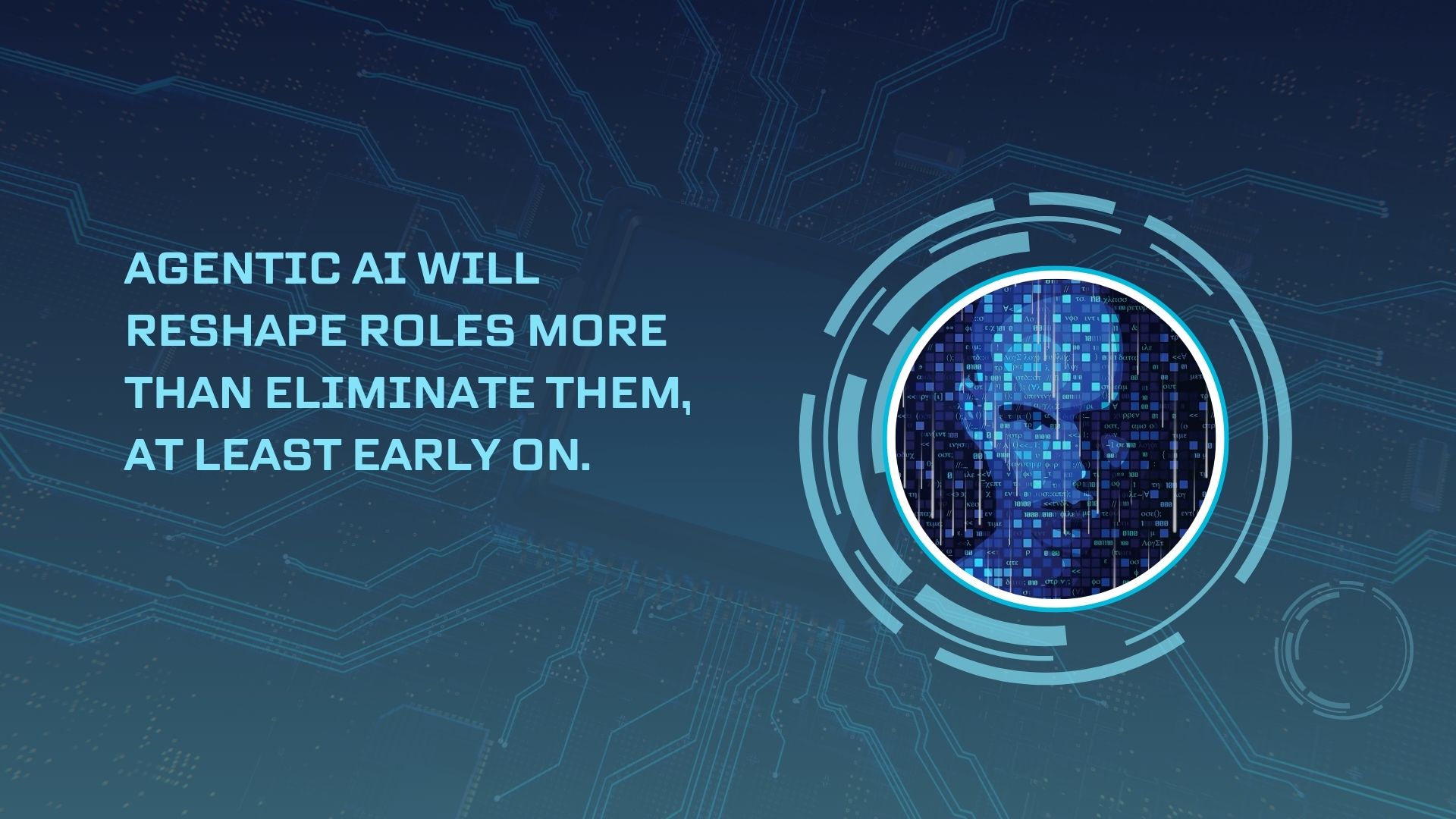
Humans remain essential for strategy, judgment, and handling novel exceptions. Successful organizations reallocate people from repetitive tasks to higher-value work, reskilling staff to supervise and collaborate with agents. Leadership has to manage change- transparency about what agents can and cannot do, clear ownership of decisions, and a culture that trusts but verifies.
Final Thoughts
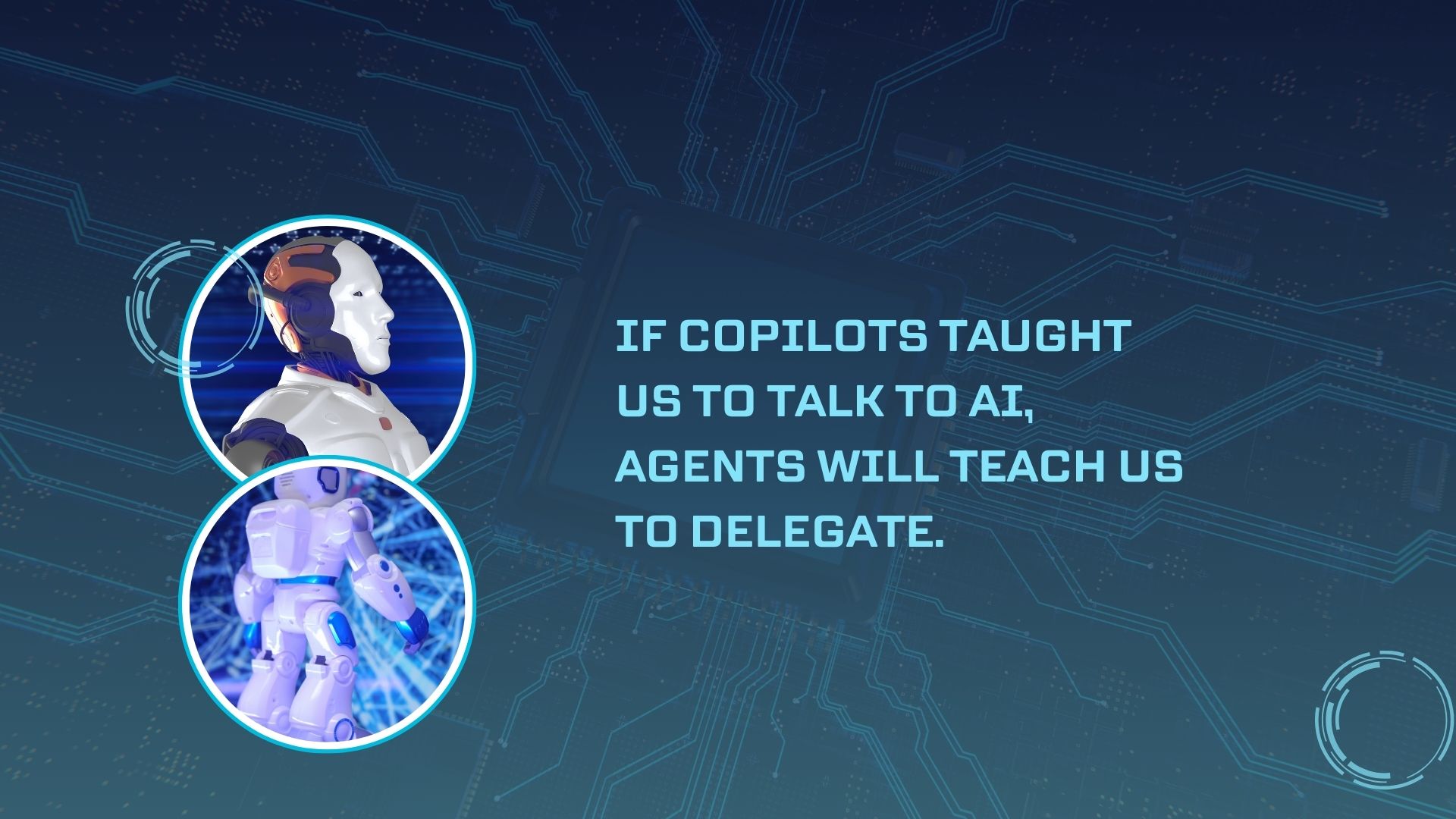
Chatbots and copilots democratized access to AI by lowering the friction of interaction. Agentic AI takes the next leap-enabling companies to delegate entire workflows and outcomes, not just queries. The prize is obvious, bigger automation impact, faster operations, and new ways to scale expertise. The risks are equally obvious, greater complexity, higher stakes, and a need for rigorous governance. Enterprises that build the right scaffolding now (policy, connectors, observability, and skill development) will capture the benefits while avoiding the pitfalls.
Agentic AI won’t make human oversight optional. It will make human oversight smarter, focused on exceptions, ethics, and strategy, while routine work becomes the agent’s domain. That’s what comes after chatbots and copilots: moving from conversation to confident delegation.
References
https://tei.forrester.com/go/microsoft/M365Copilot/docs/TheTEIOfMicrosoft365Copilot.pdf
https://www.mckinsey.com/capabilities/quantumblack/our-insights/seizing-the-agentic-ai-advantage
